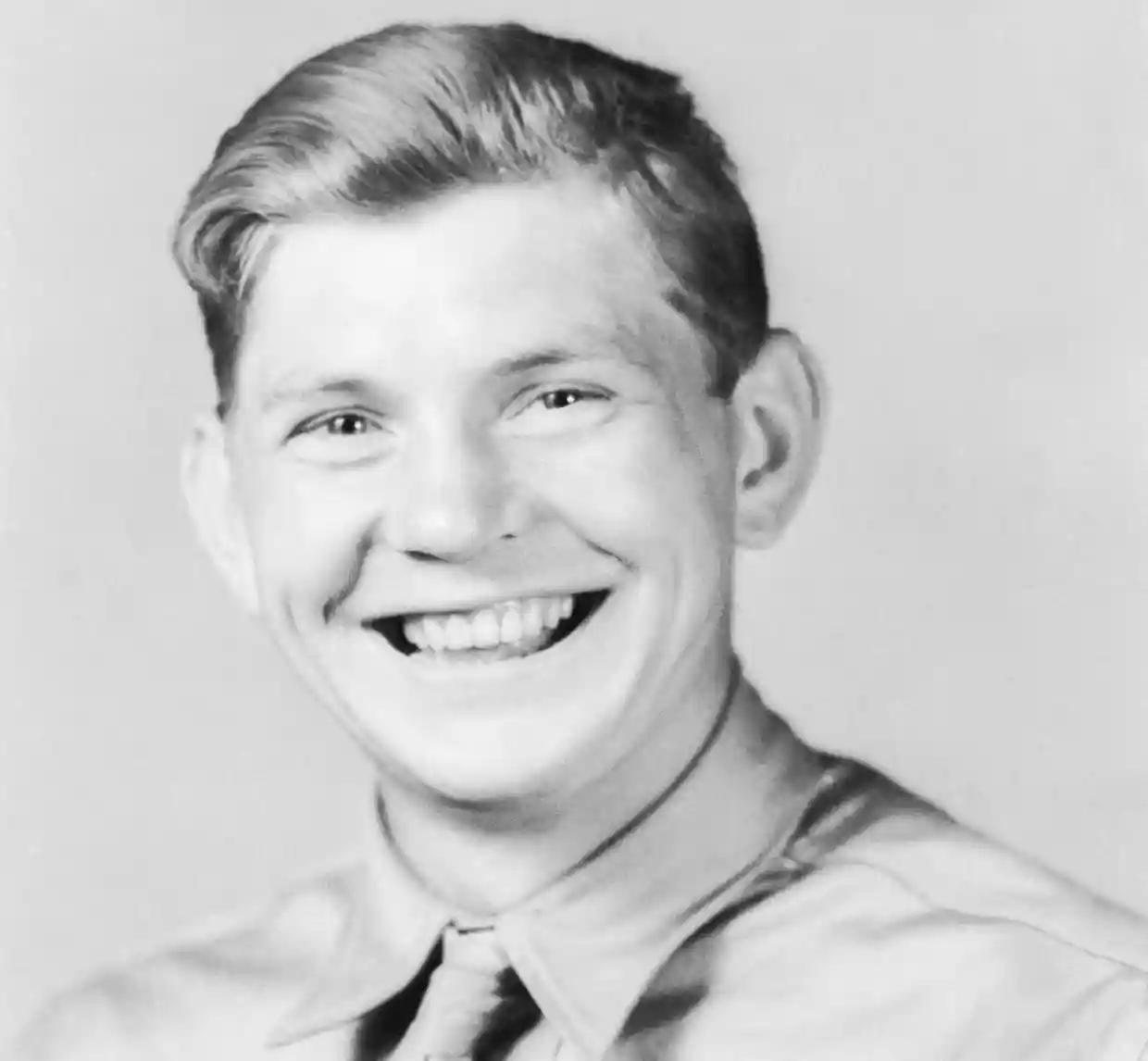
1917 - 1942
Edward Joseph Leonski
Summary
Name:
Edward Joseph LeonskiNickname:
The Brownout Strangler / The Singing StranglerYears Active:
1942Birth:
December 12, 1917Status:
ExecutedClass:
Serial KillerVictims:
3Method:
StrangulationDeath:
November 09, 1942Nationality:
Australia
1917 - 1942
Edward Joseph Leonski
Summary: Serial Killer
Name:
Edward Joseph LeonskiNickname:
The Brownout Strangler / The Singing StranglerStatus:
ExecutedVictims:
3Method:
StrangulationNationality:
AustraliaBirth:
December 12, 1917Death:
November 09, 1942Years Active:
1942Date Convicted:
July 17, 1942bio
The sixth child of Russian-Jewish immigrants, John Leonski, a laborer, and his Polish-born wife, Amelia Harkavitz, Edward Leonski was born in Kenvil, New Jersey. He grew up in a tough and abusive family environment. His father was an alcoholic, and one of his brothers had to be placed in a mental institution.
A psychologist who spoke with Leonski during his trial said that his mother was very overprotective and controlling. Leonski had a hard time fitting in with the other kids in his neighborhood. They often bullied him and called him a "mama's boy." The psychologist believed that Leonski's crimes were driven by his anger and hatred towards his mother, considering them as "symbolic matricide." In his early years, Leonski had a job as a delivery boy.
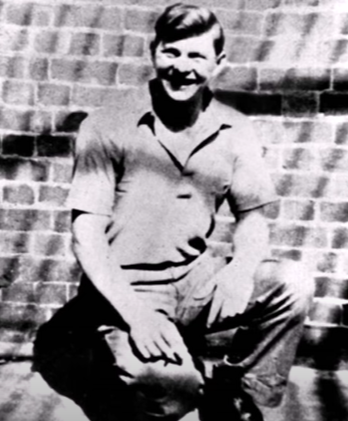
In February 1941, he was drafted into the U.S. Army. He arrived in Melbourne, Australia, on February 2, 1942, after the U.S. joined World War II. The Army had a temporary base at Camp Pell in Royal Park, just north of the city and the university. Before leaving for Australia, Leonski had assaulted a woman in San Antonio but was never punished for it.
murder story
On May 3, 1942, Ivy Violet McLeod, 40, was found dead in Albert Park, Melbourne. She had been beaten and strangled, but her purse was still with her, showing that robbery wasn't the reason for the murder.
Six days later, 31-year-old Pauline Thompson was strangled after a night out. She was last seen with a young man who spoke with an American accent.
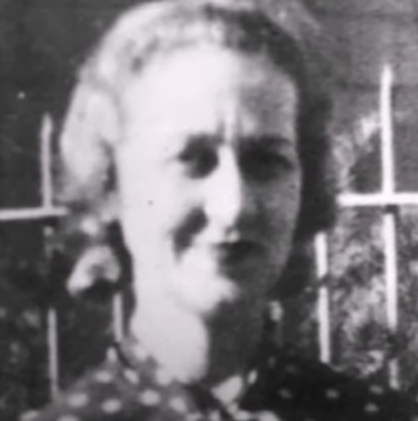
Gladys Hosking, 40, was the next victim. She was murdered on May 18 while walking home from her job at the Chemistry Department at the University of Melbourne. That same night, another woman said an American man, who looked messy and was out of breath and covered in mud, asked her for directions. This man matched the description of the person seen with Thompson the night she was killed. Several women who survived recent attacks also described a similar man. These witnesses helped identify 24-year-old Edward Leonski from a line-up of American servicemen stationed in Melbourne. Leonski, a private in the 52nd Signal Battalion, was arrested and charged with the three murders.
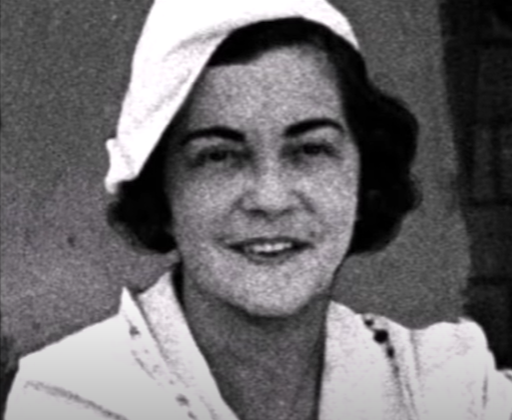
Although the crimes were committed in Australia, Leonski's trial was held under American military law. He confessed to the murders and was found guilty. On July 17, 1942, he was sentenced to death by a general court-martial. General Douglas MacArthur confirmed the sentence on October 14. A review board appointed by MacArthur agreed with the decision on October 28. On November 1, the death sentence was formally announced. On November 4, MacArthur himself signed the execution order, a task usually handled by his Chief of Staff. Leonski was hanged on November 9 at HM Prison Pentridge. His last meal was steak, eggs, toast, and coffee.
Leonski's defense attorney, Lieutenant Ira C. Rothgerber Jr., tried to get an external review, even from the U.S. Supreme Court, but he couldn't succeed. Leonski was temporarily buried in several cemeteries in Australia. Eventually, his remains were permanently buried at Schofield Barracks Post Cemetery in O'ahu, Hawaii, in a section reserved for prisoners who died in military custody.
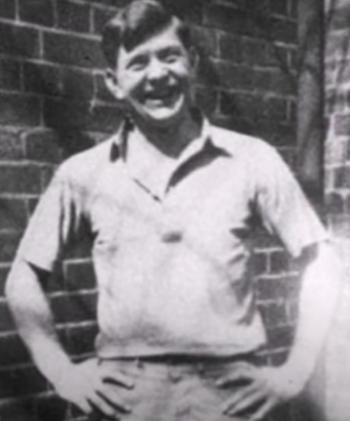
In the 1950s, Leonski's case was turned into a two-episode radio drama called "A Strong Man" in the series D24, though some names and details were changed. In 1986, a movie titled "Death of a Soldier," directed by Philippe Mora and starring Reb Brown, was based on Leonski. The Australian painter Albert Tucker's "Images of Modern Evil" series is also believed to be somewhat influenced by Leonski's murders. In 2015, the TV show "Inside the Mind of a Serial Killer" featured an episode on Leonski.